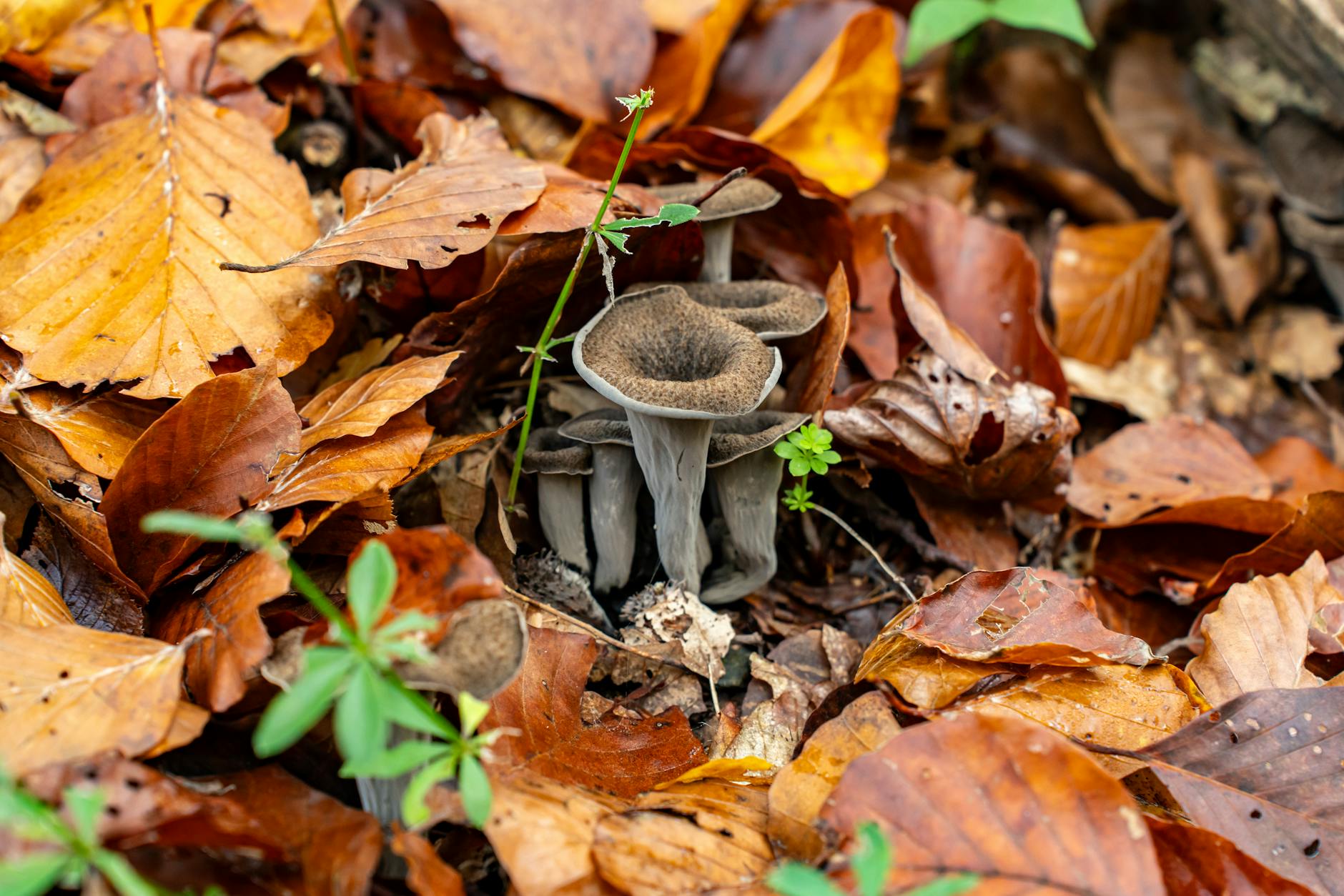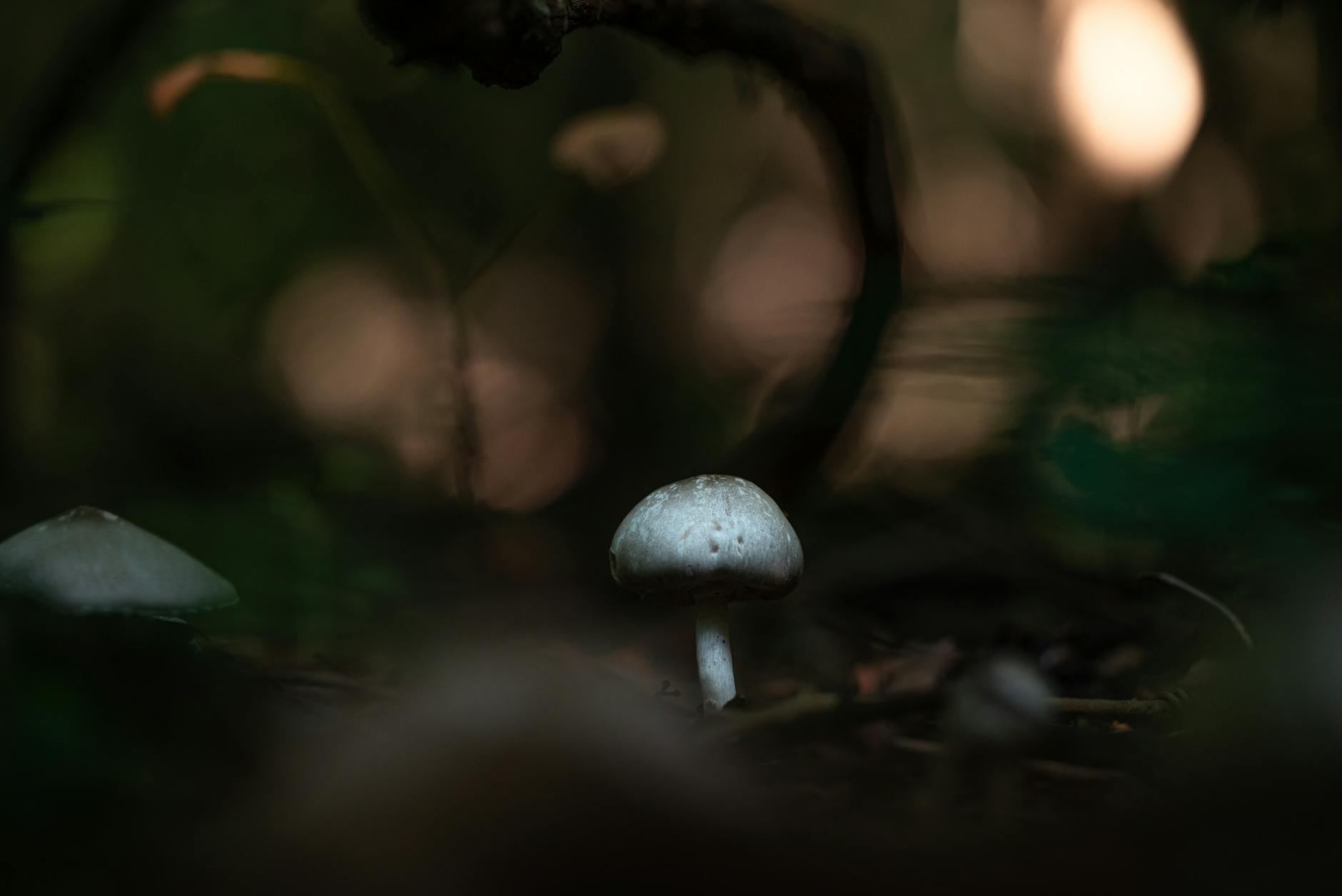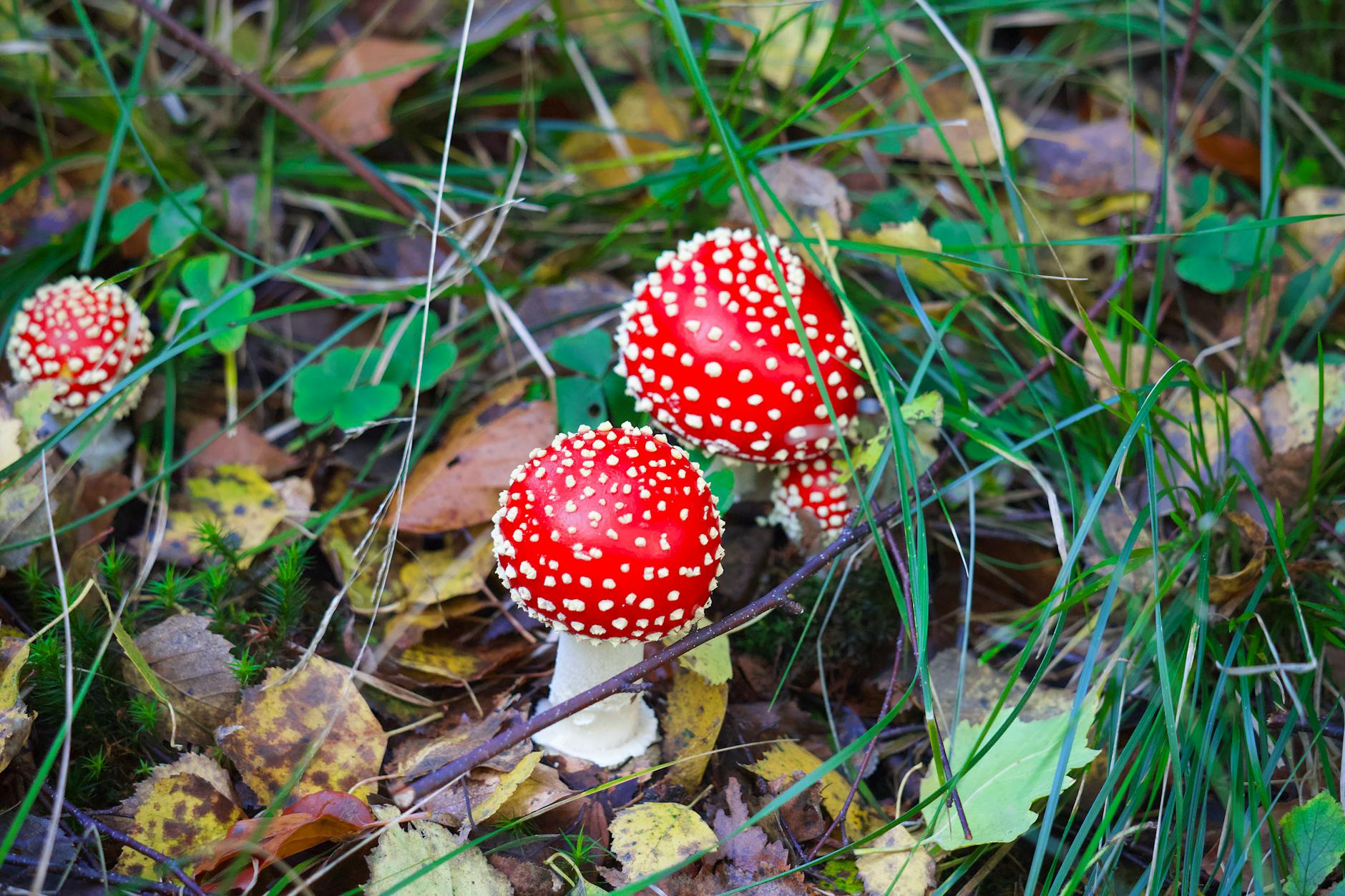When venturing into the lush woods of the East Coast, foraging for edible mushrooms can be a rewarding and exciting experience. The diverse ecosystems of this region house a variety of mushroom species that are not only delicious but also nutritious. However, it’s important to exercise caution and use expert knowledge to differentiate between edible and poisonous varieties. In this guide, we will provide you with valuable foraging tips to help you discover the best edible mushrooms in the East Coast woods.
Recognizing Edible Mushrooms
Before delving into the woods in search of mushrooms, it is crucial to familiarize yourself with the characteristics of edible fungi. Look for features such as gills, caps, stems, textures, and colors to help you identify safe-to-eat mushrooms. Some common edible mushroom species found in East Coast woods include Morel, Chanterelle, Hen of the Woods, and Chicken of the Woods.
Best Foraging Locations on the East Coast
Certain areas in the East Coast provide ideal environments for mushroom growth. Woodlands, especially those with oak, beech, and maple trees, are prime locations to discover edible mushrooms. Look for moist and shaded areas with ample leaf litter and decaying wood, as these conditions are conducive to mushroom growth.
Timing Is Key
Timing plays a crucial role in successful mushroom foraging. Different mushroom species thrive during specific seasons, so plan your foraging trips accordingly. For example, Morel mushrooms typically emerge in the spring, while Chanterelles can be found in the summer and fall. Understanding the seasonal patterns of mushroom growth will increase your chances of spotting edible varieties.
Join a Foraging Group
For beginners or those looking to enhance their foraging skills, joining a local foraging group or club can be beneficial. Experienced foragers often lead guided mushroom hunts, sharing their knowledge and expertise with participants. These groups provide opportunities to learn about different mushroom species, their habitats, and proper harvesting techniques.
Safety First
While foraging for mushrooms can be an enjoyable activity, it is essential to prioritize safety. Never consume a mushroom unless you are absolutely certain of its edibility. Avoid picking mushrooms with questionable characteristics or those growing near roadsides, polluted areas, or in places sprayed with chemicals. When in doubt, consult with a mycologist or expert for proper identification.
Sustainable Foraging Practices
Practicing sustainable foraging is crucial to preserving mushroom populations and ecosystems. Harvest mushrooms responsibly by cutting them at the base instead of pulling them from the ground. Use a basket or mesh bag to allow spores to disperse as you move through the woods. Avoid over-harvesting from the same location to ensure the regeneration of mushroom colonies.
Culinary Delights Await
Once you have successfully foraged for a variety of edible mushrooms, it’s time to enjoy the culinary rewards. Incorporate your finds into delicious recipes such as mushroom risotto, grilled portobello burgers, or creamy mushroom soup. Edible wild mushrooms offer unique flavors and textures that can elevate your dishes to gourmet levels.
In conclusion, foraging for edible mushrooms in the East Coast woods can be a fascinating and fulfilling pursuit for nature enthusiasts and food lovers alike. By following these foraging tips, you can safely explore the wilderness, discover a treasure trove of delicious fungi, and indulge in the bounty that nature has to offer. Happy foraging!


